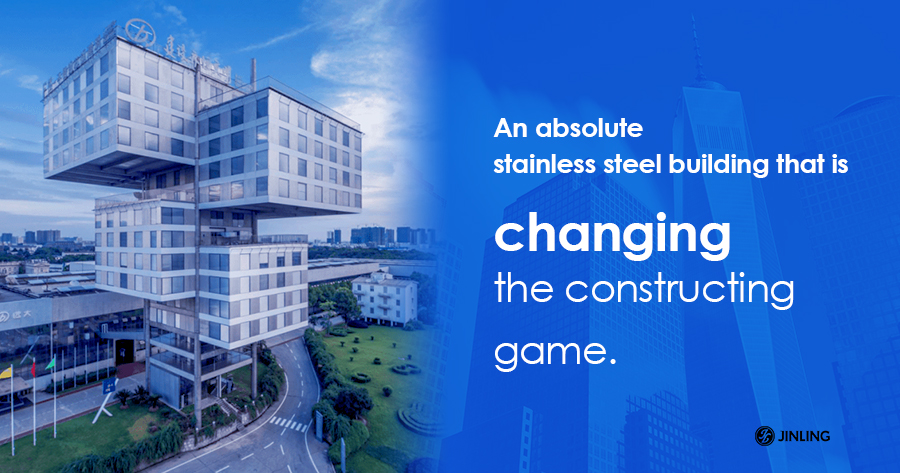Buildings are the major source of the greenhouse gas in cities.
Cities are the key to deal with climate change because over 75% of global greenhouse gas emission is from cities and buildings are the major source.
Buildings are the biggest resource end users, who produce 1/3 carbon emission and consume 50% electric power.
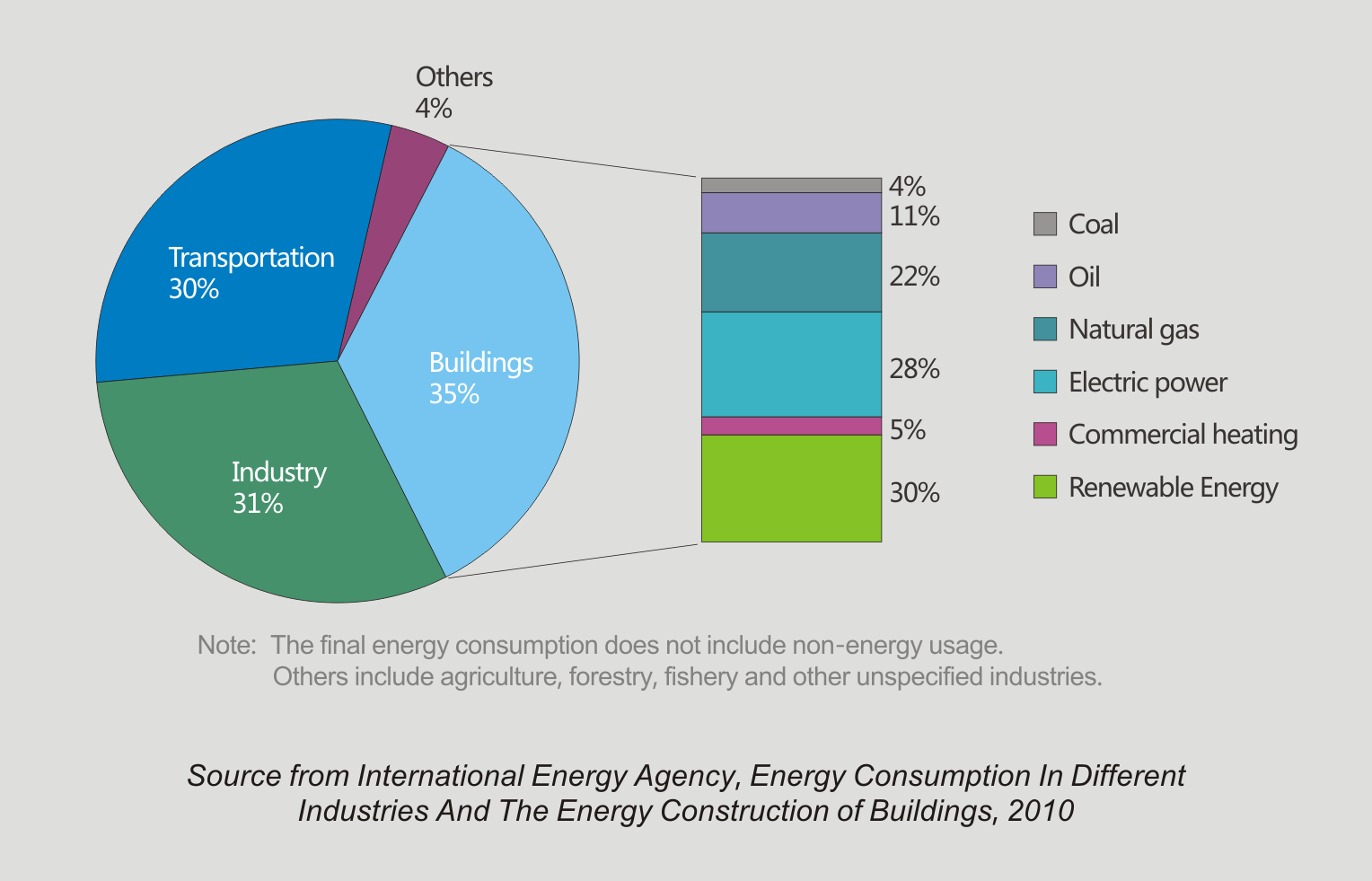
Global Building Volume and Trend
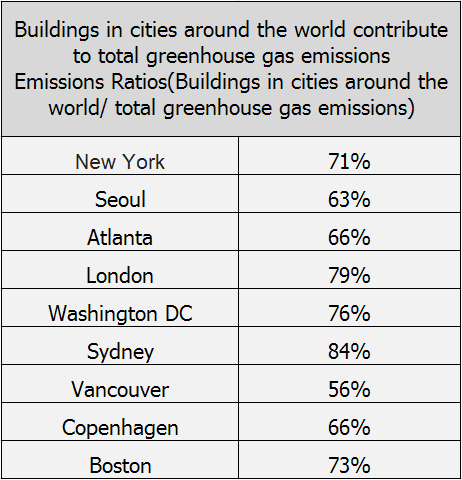
Globally, about 900 billion square feet of buildings will be built or rebuilt in the next two decades, which is equivalent to 60% of the current global existing building volume, and will be locked in the next 80 to 120 years (average building and The life of infrastructure) greenhouse gas emissions trends.
China will build 38% of the building volume, while the United States and Canada will build 15% of the building volume. This means that China and North America will build more than half of the world's newly increased building area in the next 20 years.
Irreplaceable Stainless Steel
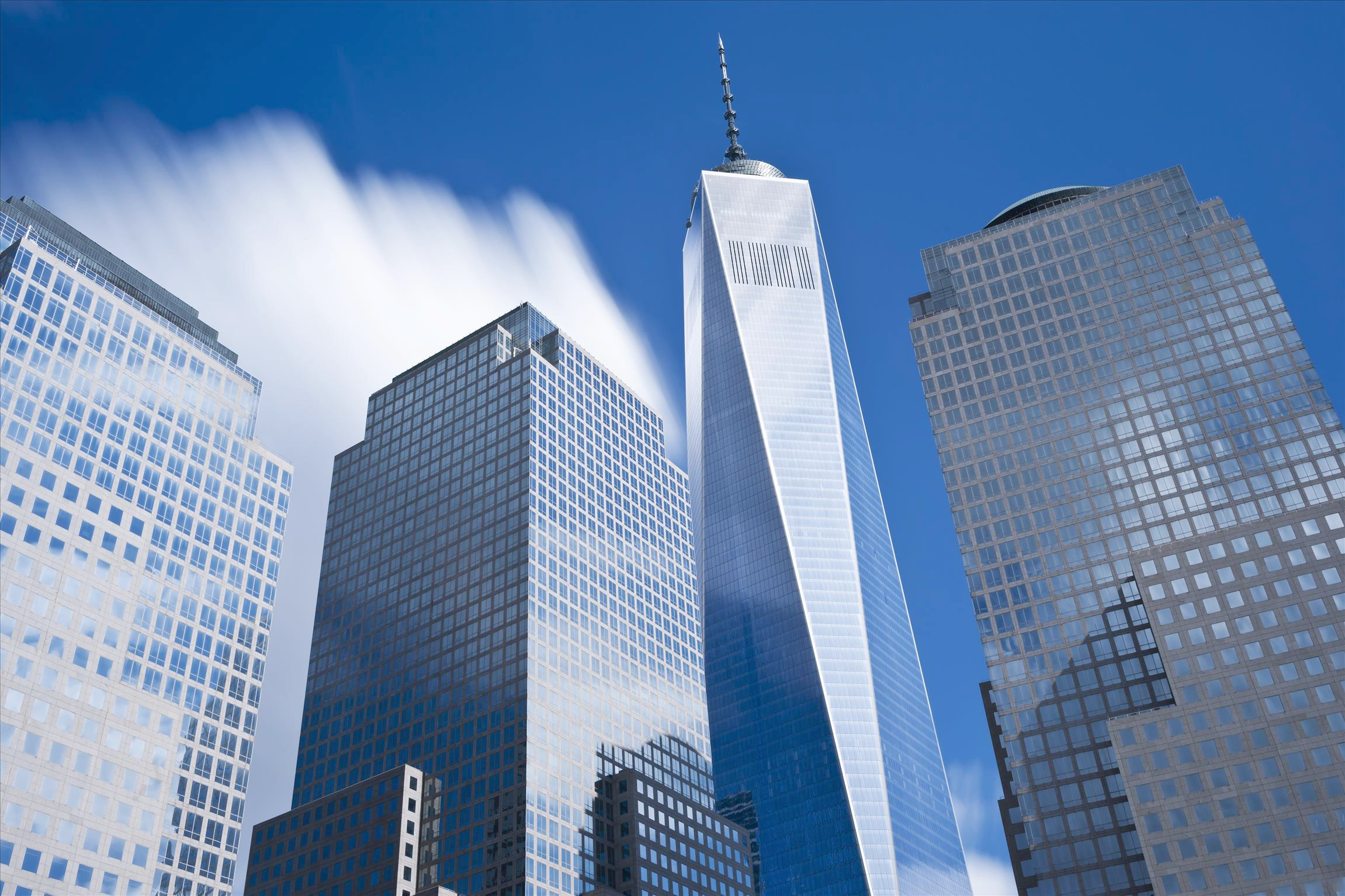
It is an irresistible trend in stainless steel usage. Because of the excellent performance of stainless steel which is corrosion resistant, 100% sustainable, easy-washing, colorful and flexible, etc., more and more architects adopt stainless steel to construct the building façade. The earliest example traces back to more than eighty years ago when the Chrysler Building in New York built up. One World Trade Center, the highest building in the Western hemisphere, is also wrapped by stainless steel.
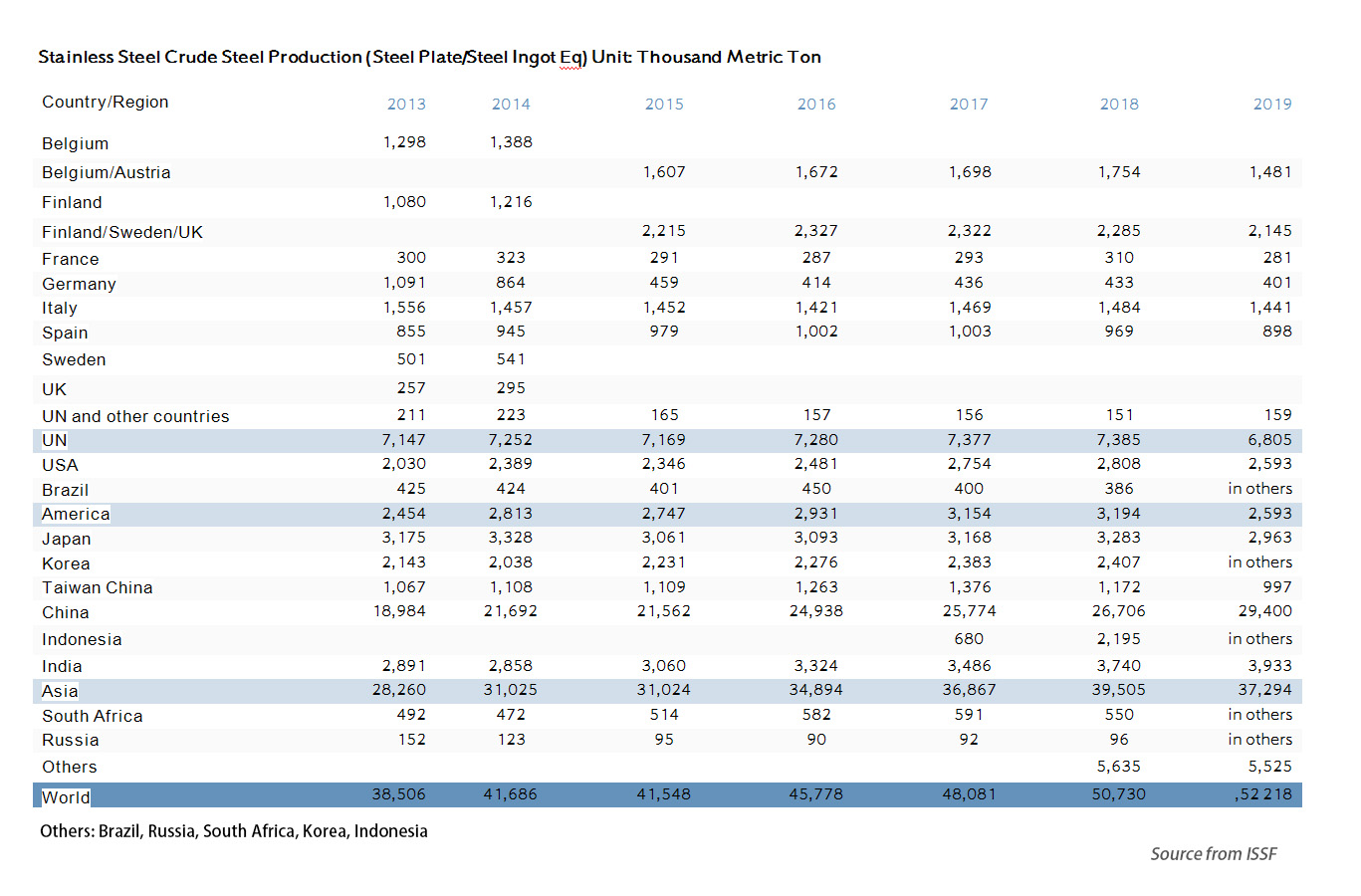
However, steel and concrete are the hidden greenhouse gas sources, which are not included in the building emissions statistic. Be rational, there is rarely a material that is perfect from all angles. It is true that stainless steel produces emission, but it is also difficult to find a material that can replace stainless steel fully, and you can imagine how important stainless steel is to human being—stainless steel was invented only a century ago, but its usage has covered every corner in human’s life. In 2018, global production of stainless steel crude steel reached 50,729,000 MT, so a substitute plan is to improve the stainless steel products and reduce the emission during construction.
A Solution: An Absolute Stainless Steel Building
Stainless steel is used as a support and auxiliary function in buildings. But have you ever imagine a building is made of stainless steel as the Cybertruck of Tesla?
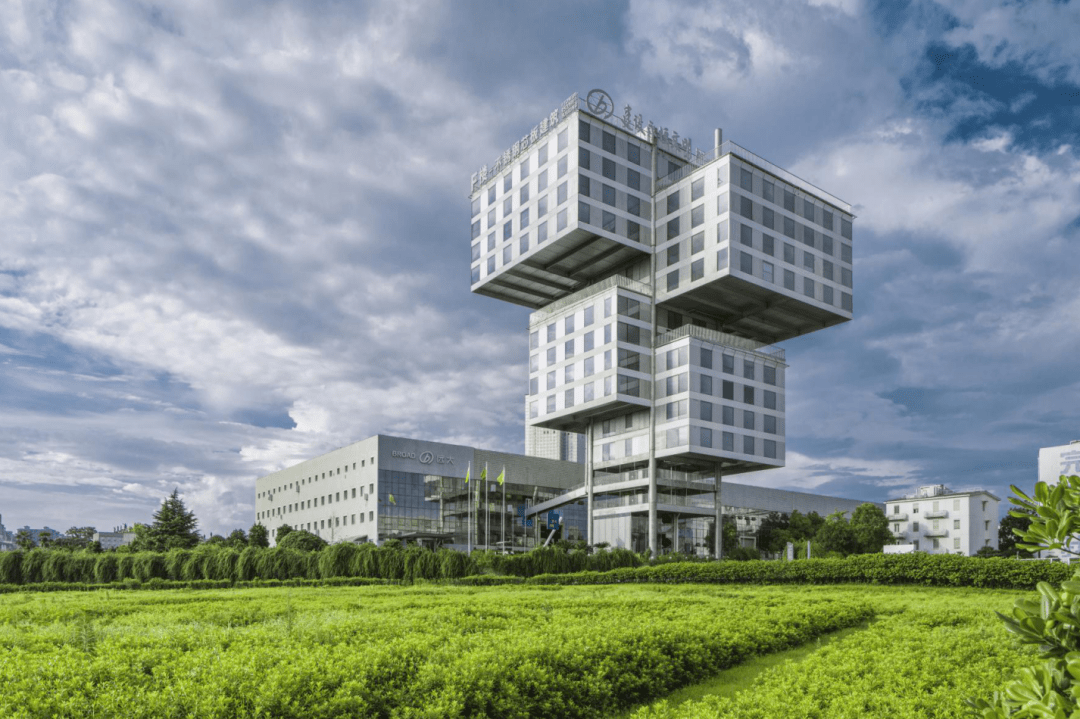
Constructed by stainless steel entirely without an inch of concrete, the building’s foundation only sinks 2.6mm, and the building is 16-floor high, 7500m2 supported by four one-meter stainless steel columns. The building locates in China, which is built up by a new stainless steel composite material—B-CORE slab.
B-CORE slab has a good mechanical property, but the consumption of steel decreases by 30%-60% compared with traditional structure.

It is light in weight but strong in structure. It is constructed by two steel sheet and B CORE in between the two sheets and welded by oxygen-free copper in 1083℃, the gaps are filled by rockwood. The B-CORE stainless steel slab can be cut according to the building design and used in the column and floor. What is really significant, is that it is 10 times lighter and three times stronger than the same size of the reinforced concrete, and 100 times resistant to corrosion than carbon steel.
Except for the higher performance, B-CORE slab can lower the pollution during construction, which is a reliable solution to the emission and pollution. The emission reduction is mainly because the entire building was factory-made. The use of rivets can construct the building like building blocks, and the engineering efficiency can reach three floors a day. Compared with traditional on-site construction methods, the combination of manufacturing, assembly, and logistics reduces the cost of new buildings by 20%-40%. Energy-saving efficiency is 5 times that of traditional buildings, and air purification is 100 times. The construction waste of traditional buildings is 5%-10%, and the construction waste of BSB buildings is less than 1%, and the buildings are easy to dismantle, which provides prospects for reuse and steel recycling.
Sustainability—the Mission of Being a Metal Supplier
Sustainability is one of the most treasure performance of stainless steel. In the short term, stainless steel will still be the most important metal in human’s life. The way we use and reuse stainless steel affects the life span of products as well as the earth.
Stainless steel is 100% sustainable, 75%-85% of stainless steel today is reused from the past. The awareness of reducing the possibility of wasting and over-emission is deep in our social responsibility. Stainless steel is undoubtedly an ideal material for people to create products with better performance. More innovation of stainless steel, we are excited to hear about it. Stainless steel is, from a certain perspective, the heart of a modern world.
------------------------------------------------------------------------------------------------stainless steel building----------------------------------------------------------------------------------------------
